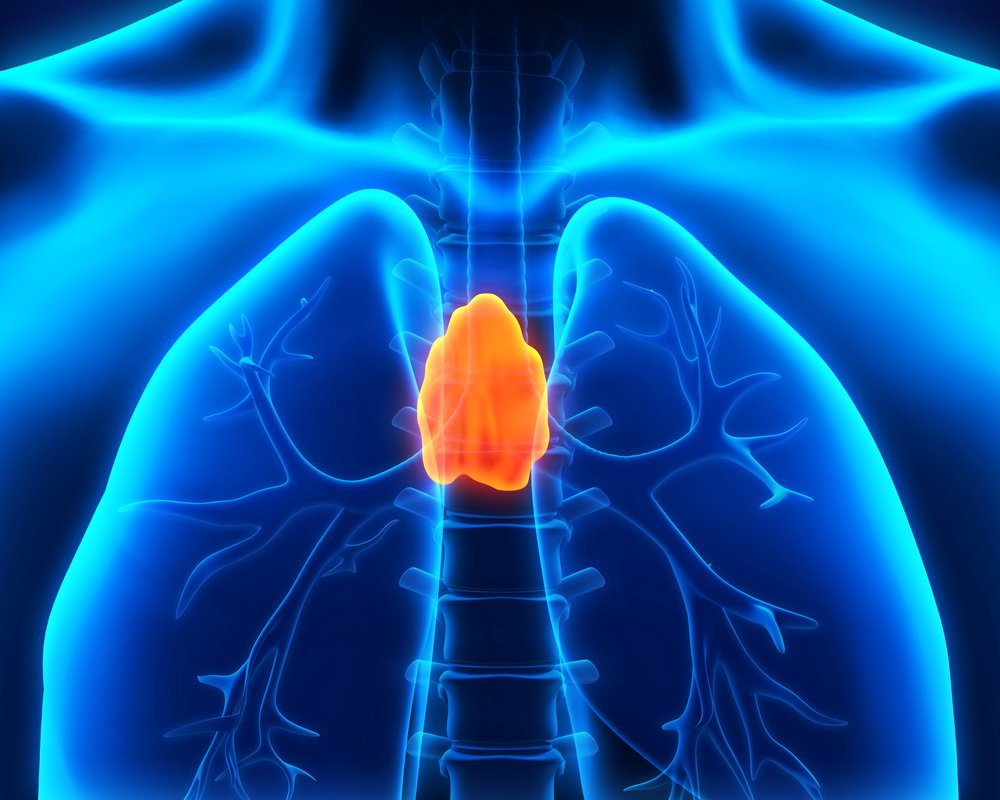Women with Myasthenia Gravis Have Poorer Quality of Life, But Thymus Removal Helps, Study Says

Quality of life among myasthenia gravis (MG) patients is worse in women than men, but removing the thymus in women eliminates this disparity, a recent study shows.
The study, “Gender and Quality of Life in Myasthenia Gravis Patients from the Myasthenia Gravis Foundation of America Registry,” appeared in the journal Muscle and Nerve.
Myasthenia gravis is a neuromuscular autoimmune disease in which the immune system produces autoantibodies that attack the connection between the nerve and muscle, called the neuromuscular junction. This leads to muscular weakness and fatigue, causing disability and impaired quality of life.
Researchers believe the thymus, a gland in the chest that regulates the development of a type of immune cell, may trigger or maintain the production of these autoantibodies. Some MG patients show thymus abnormalities, such as tumors or an enlarged gland. Thymus removal in these cases has been shown to improve patients’ clinical outcomes.
However, quality of life in general, as well as the effect of thymus removal, among myasthenia gravis patients has been poorly described.
Researchers investigated the quality of life of 1,315 adults, including 827 women, with myasthenia gravis using a U.S. database called the MG Patient Registry. Patients’ demographic information and disease-related history were analyzed, and disability, fatigue, depression, and quality of life were assessed through self-reported measurement systems.
Female participants were significantly younger, had disease symptoms at a younger age, and took longer to be diagnosed, compared with men. They were also more likely to have thymus abnormalities and to have undergone thymus removal.
Researchers found that participants in general had a poor quality of life, with significant fatigue and depression, but the effects were worse in women. Researchers noted that this difference might be due to a more severe condition in women, or differences in therapies’ effectiveness between genders, but further research is needed to clarify why this gap exists.
This gender disparity in quality of life disappeared when comparing men and women who had their thymus removed. Thymus removal improved quality of life in women, but not in men, suggesting that men do not respond to thymus removal as well as women. Previous trial results also indicated that thymus removal helped some MG patients a lot, but others a lot less.
“Our study demonstrates gender differences in MG and provides valuable clues that the thymus might play important role as a mediator,” the team wrote.
Researchers look forward to future studies that shed more light on the interaction between gender and the thymus in the development of myasthenia gravis.






